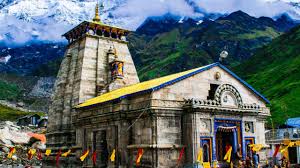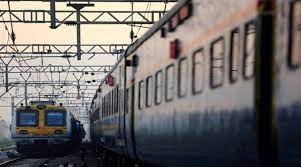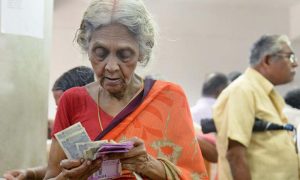In a recent update, the doors of the revered Kedarnath Temple will shut for the winter season on November 3 at 8:30 AM. The news was announced by the temple authorities and was confirmed by Vijay Prasad Thapliyal, the chief official of the Badrinath-Kedarnath Temple Committee.
Read More: Indian railways to operate 6,556 special trains for Durga Puja, Diwali, and Chhath Puja
November 3 is also Bhai Dooj, a holy Hindu festival that celebrates the bond of sister and brother. During the winter months, devotees will be able to offer their prayers to Lord Kedarnath at his winter residence, the Shri Omkareshwar Temple in Ukhimath. Located in the upper Garhwal region, the Kedarnath Temple, along with the other Char Dhams, closes every year in October-November and reopens the following year in April-May.
Among the other Char Dhams, Yamunotri’s doors will also close on Bhai Dooj, while Gangotri’s doors will be shut the day after Diwali, on the occasion of Annakut. The closure date for Badrinath Temple will be decided during the Dussehra festival.
Legend
As per ancient legend, Lord Vishnu’s incarnations, the great sages Nar and Narayan, performed intense penance on the Kedar peak in the Himalayas. Pleased with their devotion, Lord Shiva appeared and, at their request, granted them the boon to reside forever in the form of a Jyotirlinga.
There is also a connection between this temple and the Pandavas from the Mahabharata. As the legend goes, while the Pandavas were journeying to heaven after the Kurukshetra war, Lord Shiva appeared to them in the form of a bull. When the bull tried to sink into the earth, Bhima managed to grab its tail. The spot where this occurred is now known as Kedarnath Dham.
Read More: Kodaikanal and Ooty E-Pass extended: A guide for travellers
History of Kedarnath Temple

The original Kedarnath Temple was built by the Pandavas, though it disappeared over time. In the 8th century, Adi Shankaracharya reconstructed the temple. It is believed that the temple remained buried under snow for 400 years. Behind the temple stands Adi Shankaracharya’s memorial.
After Adi Shankaracharya, the temple has undergone several restorations, including significant efforts by King Bhoj of Malwa in the 10th century and again in the 13th century. Even scientists acknowledge that between the 13th and 17th centuries, a small ice age occurred, during which the temple was covered in snow.





































